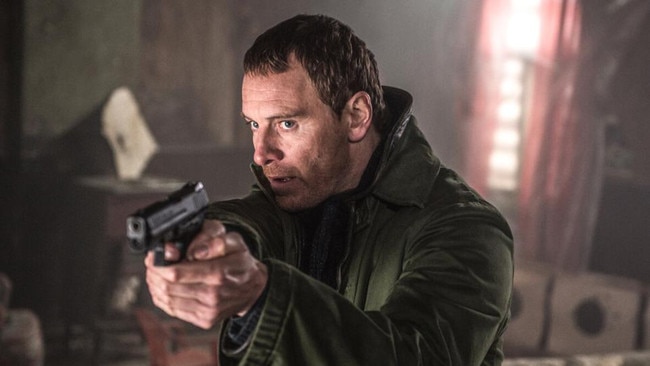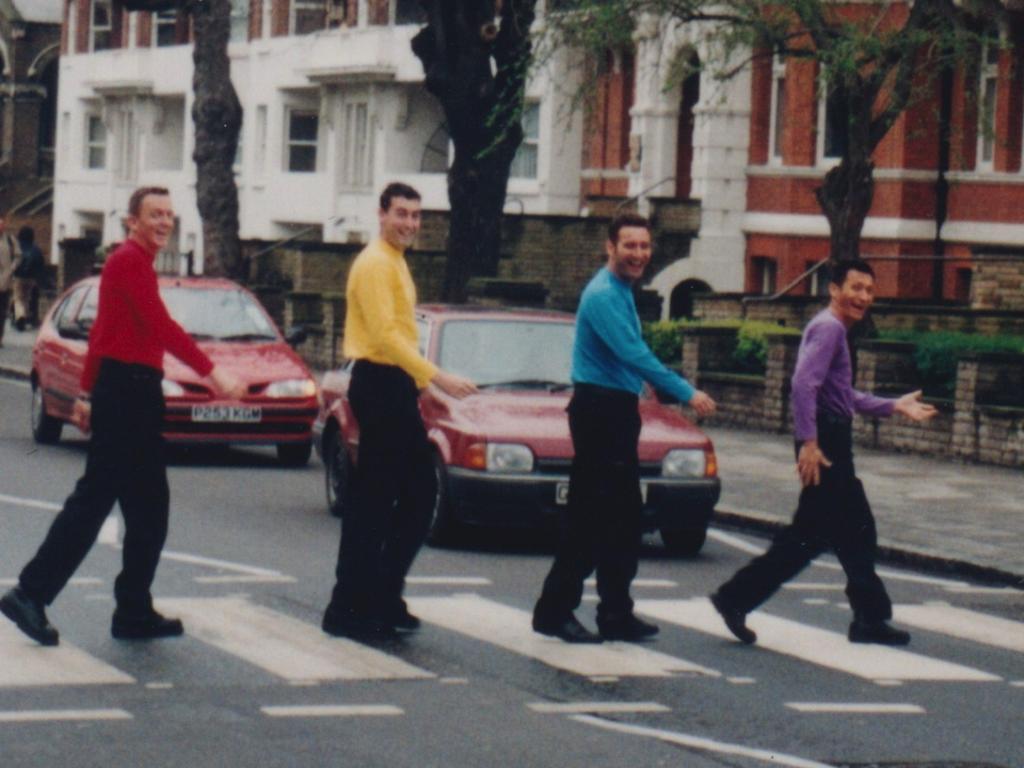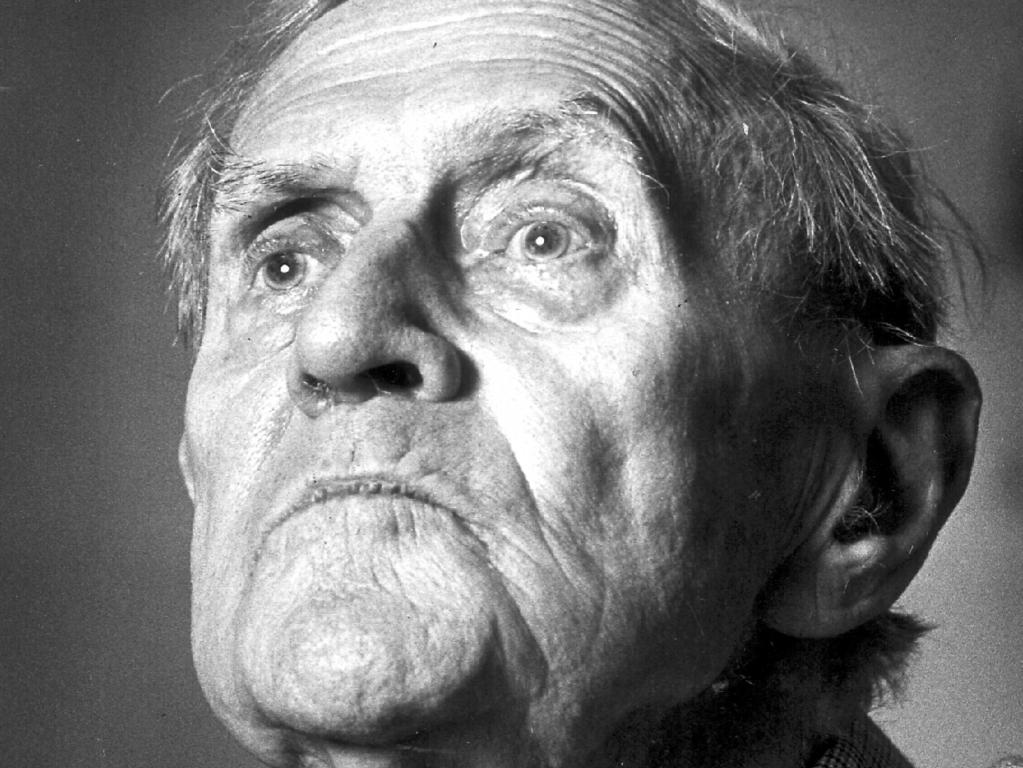David Fincher’s The Killer, a nihilistic, sardonic thriller
Michael Fassbender plays an unnamed hitman whose rule against empathy is slowly put to the test in the aftermath of a job that does not go as planned.

The Killer (MA15+)
In cinemas
★★★½
“Avoid empathy. Empathy is weakness.”
This is one of the rules of the unnamed hitman (Michael Fassbender) at the centre of David Fincher’s nihilistic, sardonic thriller The Killer.
He is a man of strict rules but it’s this one – having zero empathy – that is slowly put to the test in the aftermath of a job that does not go as planned.
The film opens with that job. The Killer is in Paris, cocooned in a building that looks onto a luxury apartment block. He tells us his story, as he does throughout, and begins with how killing people for a living is boring.
He’s armed with a rifle, waiting, waiting, waiting for The Target to appear. He laments that “proximity killings” such as “a quiet drowning” seem to have gone out of fashion. He listens to music through earbuds, mostly Morrissey, perhaps to deepen his nostalgia for another proximity killing technique.
He shares statistics, from the number of McDonald’s in France to baseball averages, and comes across as a back-of-cereal-box philosopher.
He talks about a world in which the few control the many. He says he’s not exceptional or a genius. “If I’m effective it’s because of one simple fact: I don’t give a f--k.” That, too, will be put to the test. This long opening scene of waiting, watching and crackpot philosophising shows a man who is calm, cold and a little crazy. The cinematographer, Erik Messerschmidt, won an Oscar for Mank, Fincher’s 2020 film about the writing of Citizen Kane (1941).
The Target finally arrives at the window, as does a young woman in a leather catsuit. The Killer pulls the trigger. The bullet strikes but not where it was supposed to. The Killer says, “WWJWBD? What would John Wilkes Booth do?” Well, first of all, JWB did hit the target.
This missed shot sets up the rest of this 118-minute film, which is adapted from a French graphic novel series of the same name. The script is by Andrew Kevin Walker, who worked with Fincher on Se7en (1995) and Fight Club (1999).
The Killer returns to his home in the Dominican Republic to find his girlfriend Magdala (Sophie Charlotte) beaten to within an inch of her life. She was, as The Killer is later told, the “civilian who stood between the eyes and the prize”.
From this point the prize, The Killer, is out for revenge.
He flies from city to city to hunt down everyone involved in what happened at his home, starting with his employer, The Lawyer (Charles Parnell). As he does so, faint glimmers of empathy, or morality, start to show. Fassbender, with his austere handsomeness, is well-cast as an emotional hollow man.

The obvious comparison is with the John Wick franchise – an assassin pursued by/pursuing other assassins – except I think The Killer would shoot his own dog. This, too, is put to the test when he meets a large pit bull in Florida.
The highlights come when he tracks down his fellow killers. There’s a terrific fight scene with The Brute (New Zealand actor and stuntman Sala Baker) and a tense but candid restaurant conversation with The Expert (a wonderful Tilda Swinton).
There’s a lot of dry humour. The Killer holds passports in fake names such as Felix Unger, Oscar Madison, Lou Grant and Sam Malone. No flight attendant or rental car cashier blinks at seeing such names, which I suppose is a sign of the times.
The Killer is a Netflix film and will be available there from November 10.
It’s not as good as Se7en, Fight Club, Mank or other Fincher films such as The Curious Case of Benjamin Button (2008), The Social Network (2010) and Gone Girl (2014), but fans will appreciate this humorous walk on the noir side.
Caravaggio’s Shadow (MA15+)
In cinemas
★★★★
The biographical drama Caravaggio’s Shadow opens in Naples in 1604. The famous, notorious artist Michelangelo Merisi, known as Caravaggio, looks into the faces of men lined up to be his potential model for Goliath, the giant killed by David.
He rejects one after the other until he comes to a hooded man who says he is from Rome. The man pulls back the hood, pulls out a knife and attacks the artist. He sticks the knife in Caravaggio’s mouth, thrusts it through his cheek and flees.
The artist checks his wound in a mirror and says with pleasure, “This disfigured face is the right one. Now I know what Goliath’s face is like.” Talk about turning lemons into lemonade.
This gripping opening scene goes to the realistic genius of Caravaggio’s art and why it landed him in hot water with the Catholic Church. “I paint what I see, what is real,’’ says the Milan-born artist (Italian actor Riccardo Scamarcio).
Asked what is real, he continues, “The pain of humanity.”
The result, on the canvas, is prostitutes, criminals and street beggars becoming the Virgin Mary, saints, apostles and other biblical figures. In the David and Goliath painting, the severed head of Goliath is the artist’s own, a technique he frequently used, for obvious reasons, that further rankled the church.
The scene also sets up the dramatic tension of this Italian language movie, which focuses on the final years of Caravaggio’s short life (1571-1610).
The man with the knife is the brother of Ranuccio Tommasoni, who died in a fight with Caravaggio in 1606. The family wants revenge. The artist’s rich, influential supporters believe he acted in self-defence.

Caravaggio, convicted of murder and sentenced to death by beheading, escaped to Naples. He lives there under the protection of a countess (a wonderful Isabelle Huppert) and hopes to receive a papal pardon that will let him return to Rome.
The church asks an high-ranking inquisitor (French actor Louis Garrel) to investigate the artist’s life, interview his friends and enemies, weigh the good and bad and deliver a judgment. He vows to do so “for the cross and for the sword”.
This man – tall, lean, handsome, intelligent and pious – is the shadow of the title.
Garrel is mesmerising as this silent, smileless, brooding investigator.
The more he looks at Caravaggio’s paintings, the more he realises he has “never seen anything quite as beautiful”.
But he is not paid to be an art critic. He is paid to determine if the artist is a heretic, blasphemer, sodomite. He sees a world torn between “God and chaos” and thinks he knows which side Caravaggio is on.
Scamarcio is brilliant as Caravaggio. He is part Tom Hulce’s bawdy Mozart in Amadeus (1984) – “I have no vices. Just life!” – part arrogant artist, part harsh self-critic. The moment every viewer will be waiting for, when the artist meets his shadow, is spellbinding.
My 18-year-old co-viewer and I always discuss a film on the walk home. This time, the verdict was agreed as the credits rolled. “Wow! Four stars? Yep.”
This 120-minute movie is directed and co-written by Italian actor, director and screenwriter Michele Placido, who has an extended cameo as a cardinal who likes – perhaps loves – Caravaggio.
His incorporation of the artworks is illuminating.
It made this viewer reinterpret paintings such as Medusa (another severed head; again the artist’s own) and The Conversion of Saint Paul.
The scenes where the paintings are worked out, with a beggar modelling as Peter inverted on the cross, for example, are impressive. The cinematography (Michele D’Attanasio) deserves special mention.
The cause of Caravaggio’s death remains in dispute. The director chooses one of the likely options and it’s perfect. This engrossing movie is historical and timely. With artists of all kinds caught in today’s cancel culture, it’s a 17th-century story that remains in the frame.






To join the conversation, please log in. Don't have an account? Register
Join the conversation, you are commenting as Logout